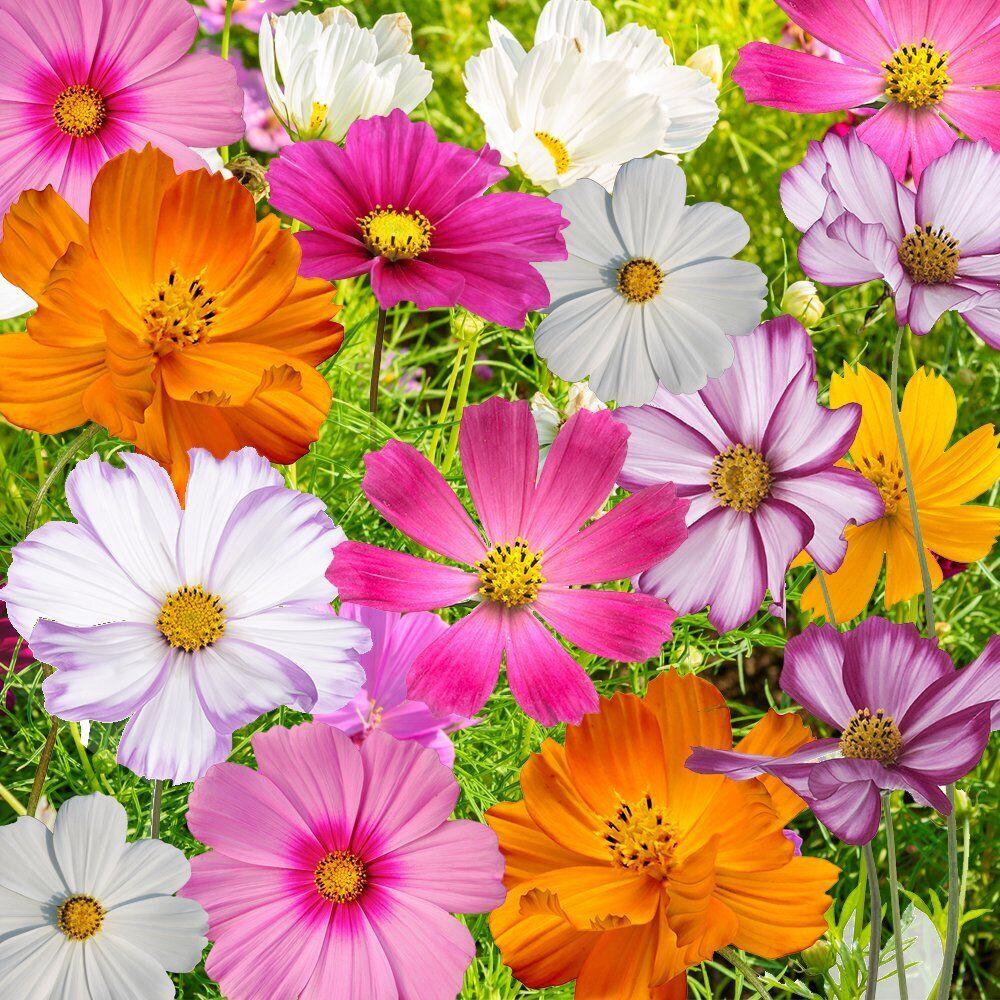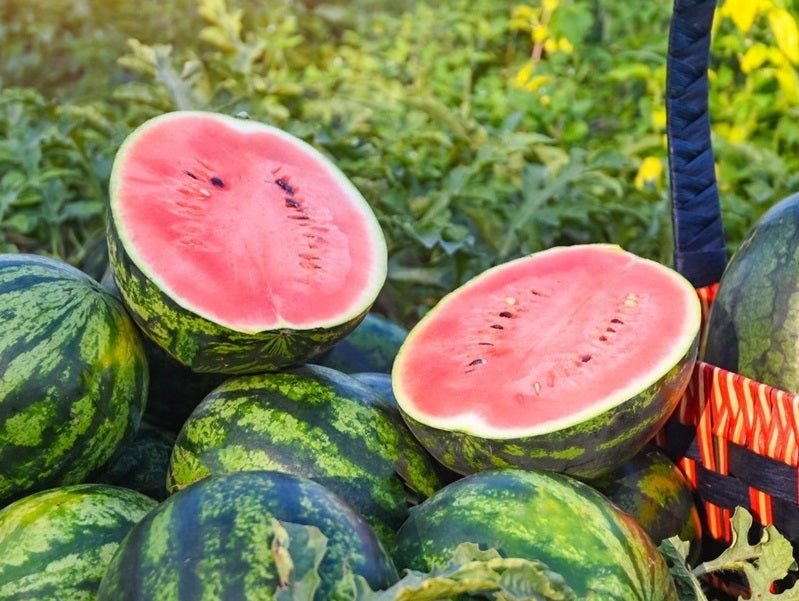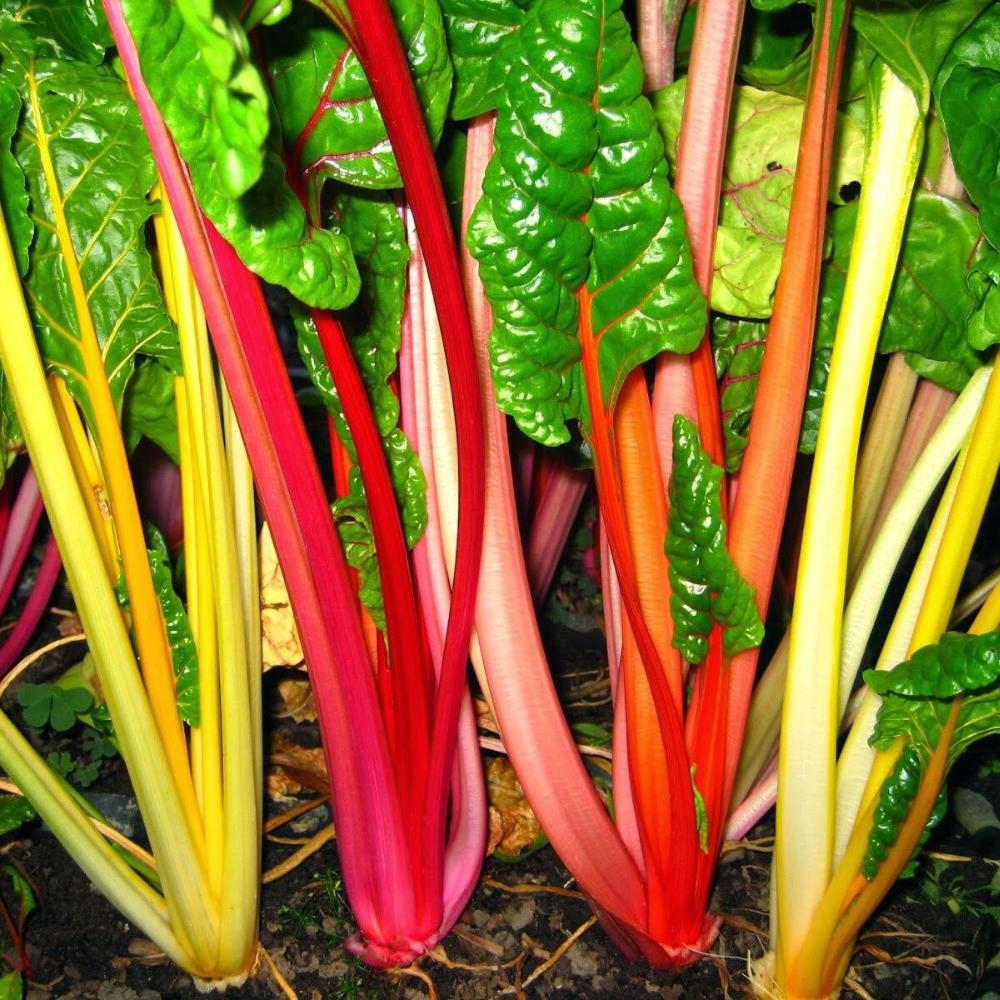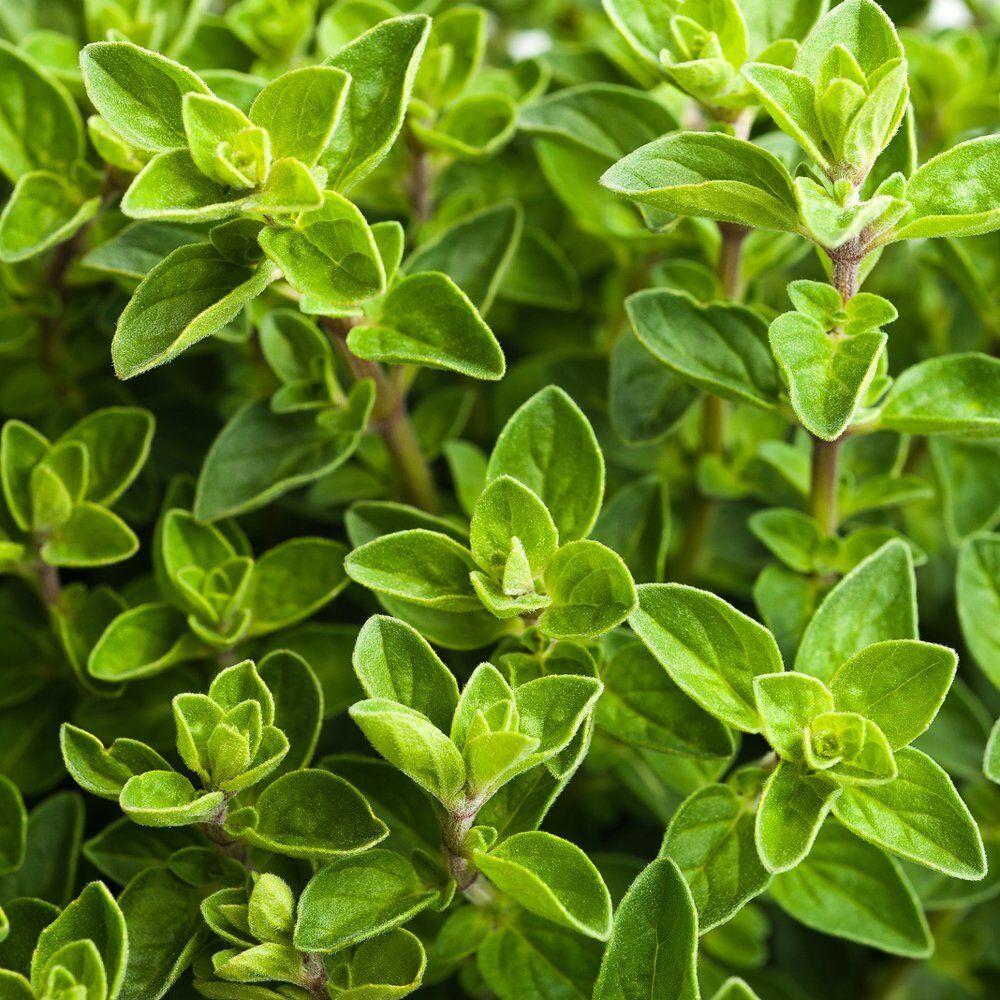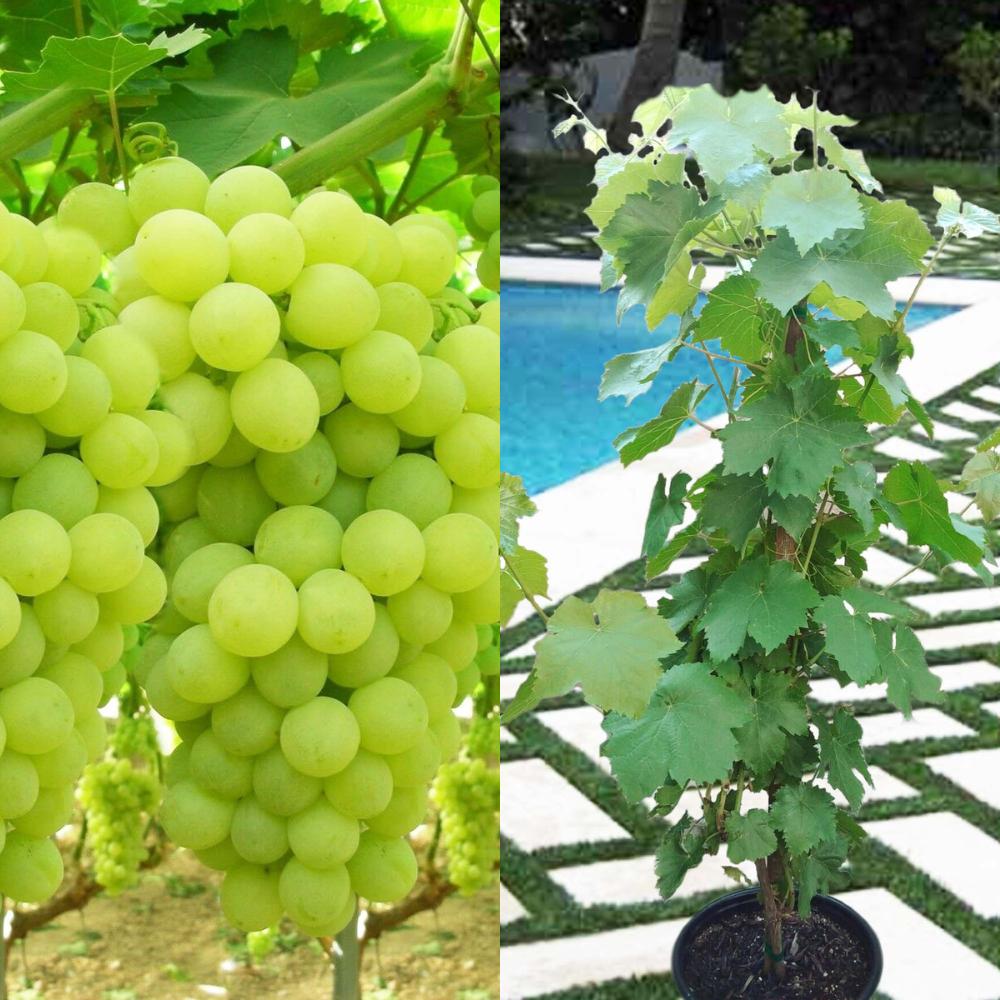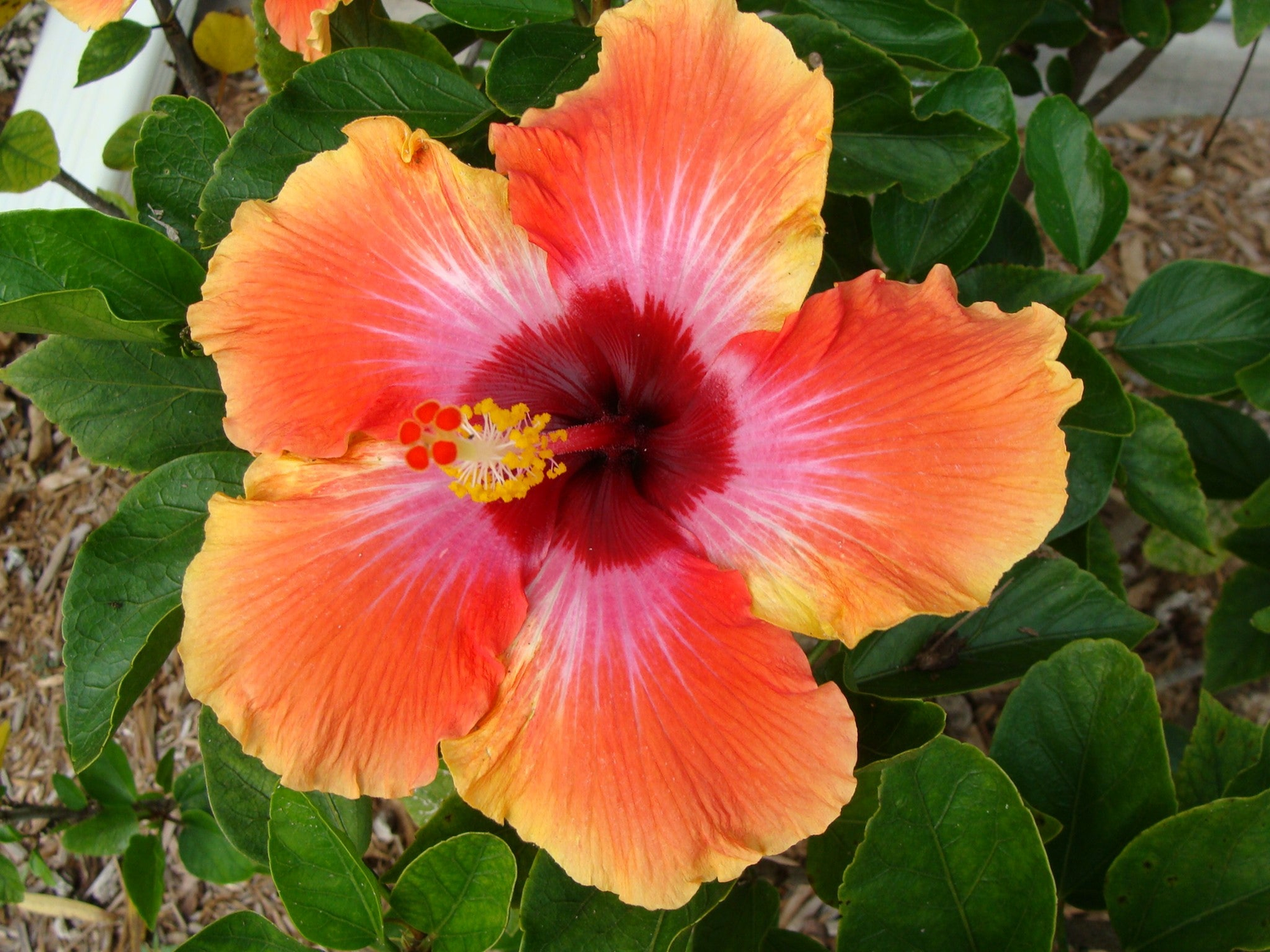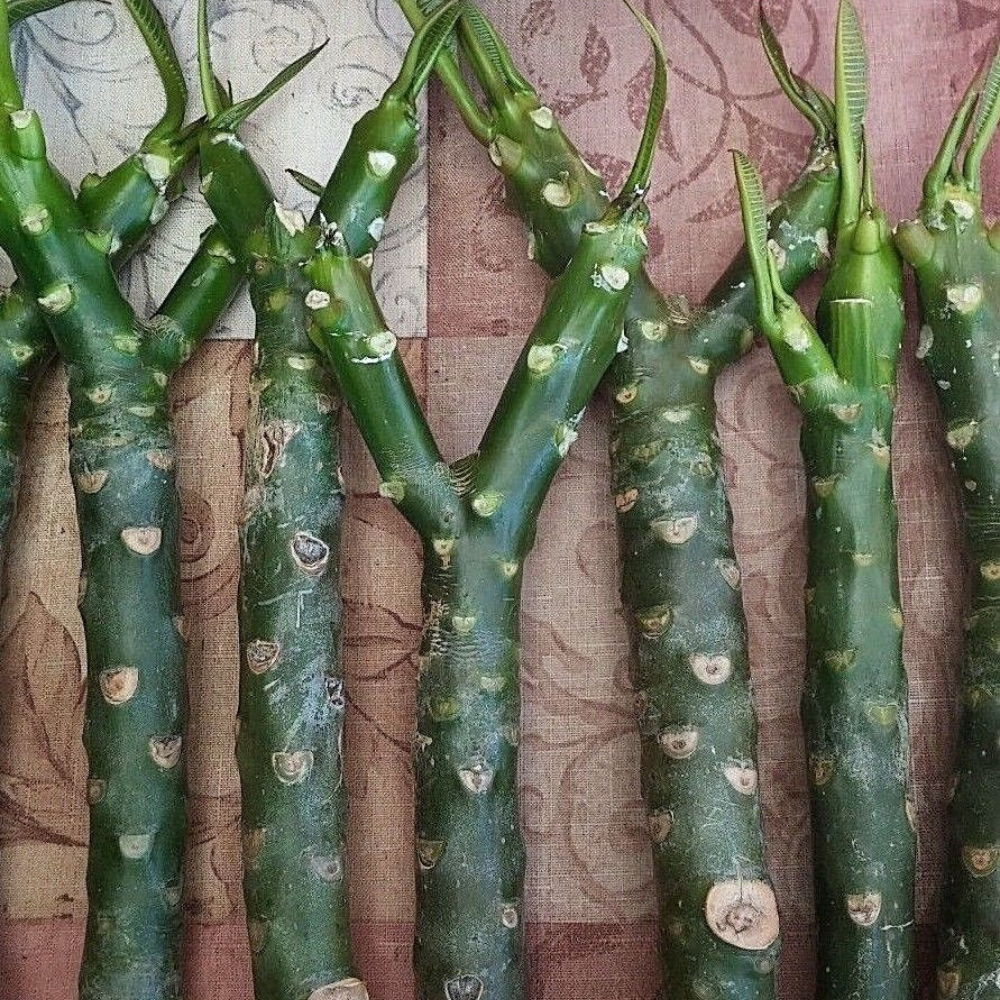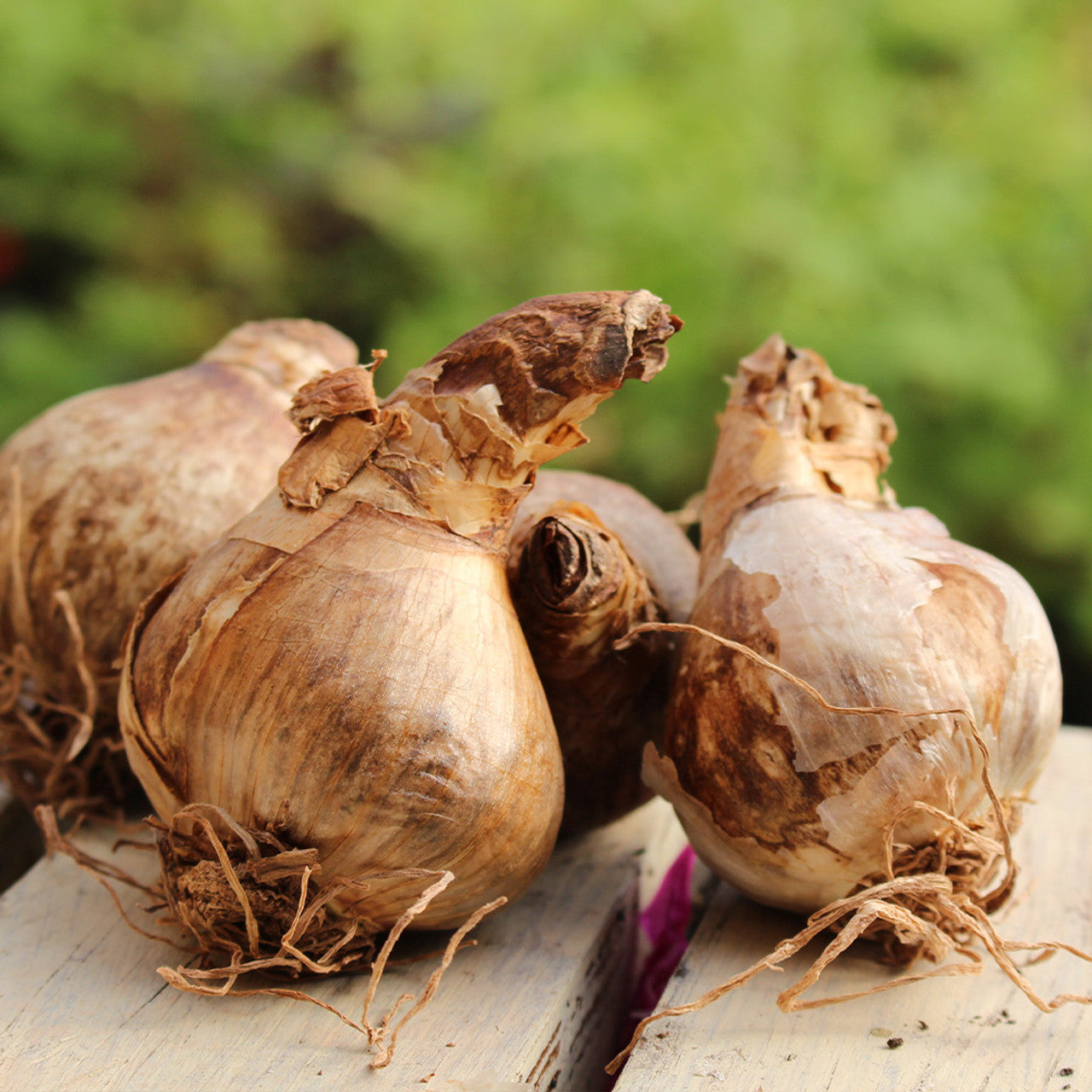If you're looking to add a burst of vibrant color to your garden this fall, Aster Novae Angliae September Ruby Seeds are a perfect choice. Known for their stunning ruby-red flowers and late-season blooms, September Ruby Asters brighten up gardens when many other plants begin to fade. Not only are they visually striking, but they are also hardy, easy to grow, and attract pollinators, making them a fantastic addition to any landscape.
In this blog post, we’ll explore everything you need to know about Aster Novae Angliae September Ruby Seeds—from planting and care to their benefits, ensuring your garden stays vibrant through the fall months.
What is Aster Novae Angliae September Ruby?
Aster Novae Angliae, commonly known as New England Asters, is a species of flowering plant in the Asteraceae family. Among the various cultivars, September Ruby is one of the most popular due to its striking ruby-red flowers and excellent garden performance.
This hardy perennial is native to North America and can thrive in a variety of growing conditions. It typically blooms from late summer through fall, offering beautiful, daisy-like flowers that bring vibrant color to the autumn garden. The September Ruby Aster grows in upright clumps, with dark green foliage that serves as a perfect backdrop for the bold, ruby-red flowers. These blooms are not only visually appealing but also provide nectar for pollinators like bees and butterflies, contributing to a healthy ecosystem.
Aster Novae Angliae September Ruby is well-known for being low-maintenance, making it an excellent choice for both novice and experienced gardeners.
Why Choose Aster Novae Angliae September Ruby Seeds?
- Vibrant Fall Blooms: One of the main reasons to choose Aster Novae Angliae September Ruby Seeds is the brilliant, ruby-red flowers that bloom late in the season. These flowers add a splash of color to your garden when many other plants are beginning to fade, keeping your landscape lively through the fall months.
- Hardy and Easy to Grow: These asters are incredibly hardy, able to withstand a range of growing conditions. September Ruby Asters are tolerant of poor soil and are resistant to drought once established. They thrive in full sun and can adapt to many different soil types, making them an easy-to-grow option for gardeners.
- Attract Pollinators: As late-season blooms, Aster Novae Angliae September Ruby flowers are highly attractive to bees, butterflies, and other beneficial pollinators. By growing these asters in your garden, you're helping support local pollinator populations, which is essential for maintaining a healthy ecosystem.
- Low Maintenance: Once established, September Ruby Asters are relatively low-maintenance. They don’t require frequent watering or special care, making them a great choice for busy gardeners or those new to growing perennials.
- Seasonal Interest: Beyond their fall blooms, the dark green foliage of Aster Novae Angliae September Ruby provides year-round interest. In the fall, the plants often turn an attractive reddish-brown, offering additional color and texture to your garden.
How to Grow Aster Novae Angliae September Ruby from Seeds
Planting Aster Novae Angliae September Ruby Seeds is relatively straightforward. Here’s a step-by-step guide to help you grow these beautiful asters in your garden:
- Choose the Right Planting Time: Aster Novae Angliae September Ruby seeds can be sown indoors in early spring or directly outdoors after the last frost in your area. If starting indoors, sow seeds about 6-8 weeks before the last expected frost date to give the seedlings a head start.
- Select a Sunny Location: September Ruby Asters thrive in full sun. Choose a location in your garden that receives at least 6 hours of direct sunlight daily. A sunny spot will ensure the plants develop strong stems and produce vibrant flowers.
- Prepare the Soil: While September Ruby Asters are adaptable to various soil types, they perform best in well-draining, moderately fertile soil. Loosen the soil to a depth of about 6-8 inches and add organic matter, such as compost, to improve soil structure and nutrient content. A slightly acidic to neutral pH (6.0-7.0) is ideal.
- Plant the Seeds: For indoor sowing, fill seed trays or pots with a sterile seed-starting mix. Sow Aster Novae Angliae September Ruby Seeds on the surface of the soil and lightly press them down with a flat tool, as these seeds need light to germinate. Keep the soil consistently moist, and maintain a temperature of around 65-70°F (18-21°C) for the best germination rates. For outdoor sowing, plant seeds directly in the garden after the last frost date. Space the seeds about 18-24 inches apart, as September Ruby Asters can spread and form large clumps. Cover the seeds lightly with soil and keep the area moist.
- Watering: Keep the soil evenly moist, especially during germination. Once the plants are established, they are relatively drought-tolerant, but they will still benefit from regular watering during dry spells, particularly while the plants are growing and blooming.
- Thin the Seedlings: If you started your Aster Novae Angliae September Ruby Seeds indoors, thin the seedlings once they have a few leaves. Leave the strongest plants and space them at least 18-24 inches apart. This allows each plant room to grow and prevents overcrowding.
- Fertilizing: Aster Novae Angliae September Ruby doesn’t require heavy fertilization. However, you can apply a balanced, slow-release fertilizer in early spring to encourage strong growth. Be sure not to over-fertilize, as this can result in lush foliage with fewer flowers.
Caring for Aster Novae Angliae September Ruby
Once your September Ruby Asters are established, they require minimal care. Here are a few tips for keeping your plants healthy and vibrant:
- Deadheading: To encourage more blooms and prolong the flowering period, deadhead faded flowers regularly. Removing spent flowers will also keep your garden looking tidy.
- Cut Back After Blooming: After the flowering season ends, cut back the plants to about 4-6 inches to maintain a neat appearance. In colder climates, this also helps prevent winter damage. You can leave the stems in place during the winter months to provide additional interest and shelter for beneficial insects.
- Pest and Disease Control: While Aster Novae Angliae September Ruby is generally resistant to most pests and diseases, keep an eye out for aphids, powdery mildew, and rust. Treat any infestations promptly using organic methods, such as neem oil or insecticidal soap.
- Division: Every few years, it’s a good idea to divide your Aster Novae Angliae September Ruby plants to prevent overcrowding and maintain healthy growth. Divide the plants in early spring or fall, and replant the sections in a new location or share them with fellow gardeners.
Why Choose Aster Novae Angliae September Ruby Seeds?
Aster Novae Angliae September Ruby Seeds offer several key advantages for gardeners. They are easy to grow, disease-resistant, and provide late-season color when many other plants have finished blooming. Plus, they are pollinator-friendly, making them a great choice for gardeners looking to support local wildlife. With their vibrant ruby-red flowers and hardiness, September Ruby Asters are a beautiful and practical addition to any garden.
Adding Aster Novae Angliae September Ruby to your garden is a wonderful way to extend the beauty of your landscape well into fall. These stunning, hardy perennials are not only attractive to pollinators but also easy to grow, making them ideal for both novice and experienced gardeners alike. With proper care, your September Ruby Asters will reward you with years of vibrant, ruby-red blooms that brighten up your garden during the cooler months.
Get Your Aster Novae Angliae September Ruby Seeds Today!
Ready to grow beautiful, late-blooming asters in your garden? Purchase Aster Novae Angliae September Ruby Seeds from a trusted supplier and start planting for a colorful fall season!


